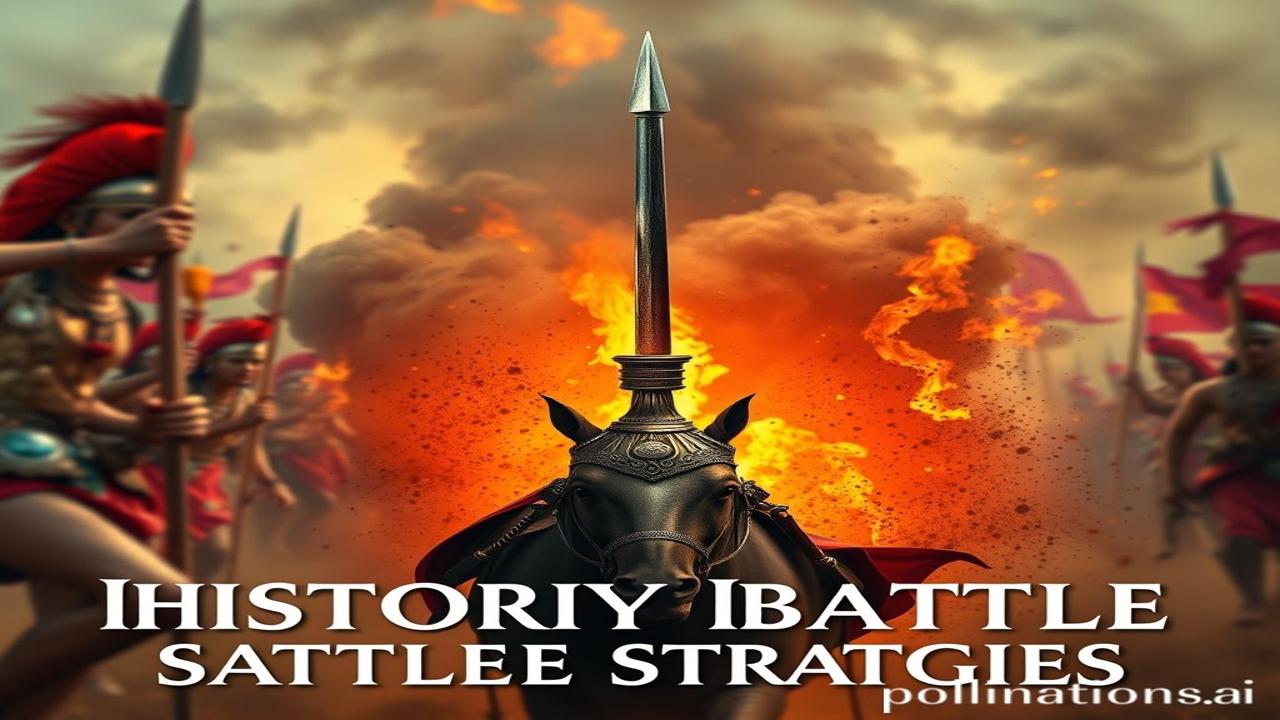Woh Dhool Bhari Kitaab: Unlocking India’s Ancient Battle Secrets!
Kabhi socha hai, doston, ki woh purani kitaabein jo humare dada-par-dada ke zamane se aayi hain, unmein kitni kahaniyan chhupi hongi? Imagine flipping through faded pages, each one whispering tales of bravery, strategy, and the sheer will to defend Bharat Mata. Aaj hum kuch aisi hi kahaniyon ko kholenge – kahaniyan jinhone India ki dharti ko hamesha ke liye badal diya, kahaniyan jinhone humein sikhaya ki shakti sirf hathiyaaron mein nahi, dimaag mein bhi hoti hai. Welcome to the world of ancient Indian battle strategies!
Yuddha Ki Kala: The Context is King!
So, what exactly are we talking about? Historic Indian battle strategies! We’re not just talking about brute force, folks. We’re delving into the minds of master strategists who used everything from elephants and chariots to intricate formations and psychological warfare. Think about the time period – from the Vedic age right up to the Mughal era.
These strategies weren’t born in a vacuum. They evolved out of necessity, driven by the geographical diversity of India, the constant threat of invasion, and the deep-rooted philosophies that shaped our understanding of warfare. Dates and names are important, absolutely. But I want to highlight that this is about understanding the why behind the what. For instance, did you know that the concept of the chakravyuh, popularized in the Mahabharata, wasn’t just a myth? Ancient texts like the Arthashastra detail similar formations used in real battles!
Zameeni Sach: Warriors, Weavers, and the Art of War
Let’s get down to the ground. Imagine yourself not as a reader, but as someone living in that era. Picture this: Raja Puru (Porus), standing tall on his elephant, facing Alexander the Great on the banks of the Jhelum. The air crackles with tension. The roar of the crowd mingles with the trumpeting of elephants. This wasn’t just a battle; it was a clash of cultures, of ideologies.
Or think about the common soldier, the senani, marching alongside his comrades, shield in hand, heart filled with a mix of fear and unwavering loyalty. He wasn’t just a number in an army; he was a farmer’s son, a weaver’s brother, a husband and father. His life, his hopes, his fears – all tied to the outcome of that single battle.
“Are bhai, darr toh lag raha hai,” one soldier might whisper to another, clutching his spear. “Par kya karein? Desh ke liye marna bhi toh dharma hai.”
And let’s not forget the artisans and engineers. They crafted the weapons, designed the chariots, and built the fortifications. They were the unsung heroes, the backbone of every successful military campaign. Ma Rukmini, with her deft hands, weaving strong threads for the warriors’ armor, whispering a prayer for their safe return.
Dharohar aur Pehchaan: Echoes in the Present
So how does all this echo in today’s India? You might be surprised. The principles of strategy and leadership, honed on ancient battlefields, continue to influence modern military thinking. The emphasis on discipline, adaptability, and understanding the terrain – these are lessons that are timeless.
Even in our daily lives, we see glimpses of these ancient strategies. The ability to plan ahead, to anticipate challenges, to stay calm under pressure – these are skills that can be traced back to the battlefields of our ancestors. This bharatiyata, this sense of Indianness, is woven into the fabric of our being. We see it in the intricate designs of our temples, the vibrant colors of our festivals, and the unwavering spirit of our people.
Majedar Tathya ya Bhram-Bhanjak: Myth vs. Reality
Log samajhte hain ki ancient Indian battles were all about brute force and overwhelming numbers. Lekin asli sach yeh hai ki strategy aur tactics ka bahut bada role tha. Take the Battle of Hydaspes, for example. Porus, outnumbered and outgunned, still managed to inflict heavy casualties on Alexander’s army. His use of war elephants, his clever positioning of his forces, and his sheer tenacity – these were the factors that made the battle so fiercely contested. It’s a testament to Indian innovation and adaptability that often gets overlooked.
And here’s another fun fact: Ancient Indian armies were not just comprised of soldiers from one caste or community. They were diverse and inclusive, reflecting the rich tapestry of Indian society.
Drishya aur Bhavnaayein: A Sensory Experience
Imagine the sun beating down on the plains of Kurukshetra. The air thick with the smell of dust, sweat, and fear. The clanging of swords, the roar of elephants, the screams of the wounded – a symphony of chaos and destruction. You can almost feel the heat on your skin, the tension in the air, the sheer weight of history pressing down on you.
In the quiet moments before the battle, you might hear the chanting of prayers, the rhythmic beat of drums, the soft murmur of soldiers talking to their comrades. These were the sounds that defined life and death on the battlefield.
Antim Vichar ya Uddharan: The Warrior Within
“Yuddha mein jeet uski hoti hai jo dushman ko nahi, khud ko jeet leta hai.” This translates to: “Victory in war belongs to the one who conquers not the enemy, but himself.” This ancient wisdom reminds us that true strength lies not just in physical prowess, but in inner resilience, discipline, and the unwavering pursuit of dharma. May this understanding guide us in our own battles, both big and small.
